“Together we can create something better…” In one short post by Seth Godin I connected many dots about how I feel about the world right now. Value is created by connection. Connection to those in the buildings that we work in, across the city that we live in and now to those that we meet and learn from across the globe.
We don’t all need to be the same or fear others that are different than we are. We need to remember and model for the students in our schools that offering dignity to others is something that they will never regret. Choosing to offer dignity costs us nothing.
I want every student that I have a chance to help educate to remember that they have an opportunity to become a better version of themself every day. And to know that who they are doesn’t need to be just like anyone else. When we recognize the value of diverse opinions and we welcome others from many backgrounds, great ideas will be born.
Celebrating my connections and acknowledging how valuable they are to me. It is all about people.
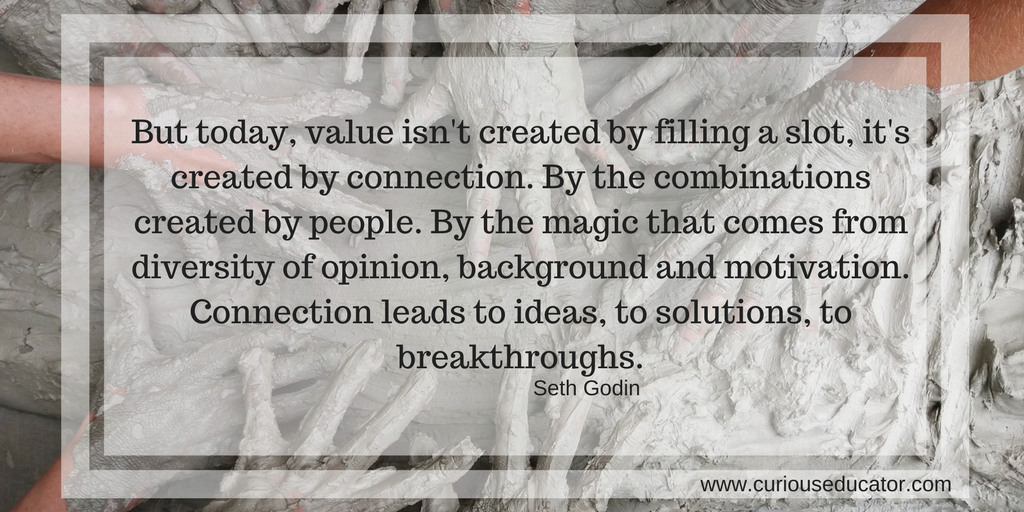

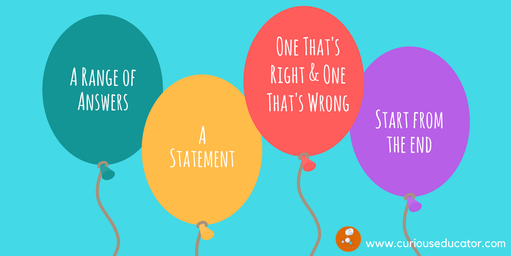

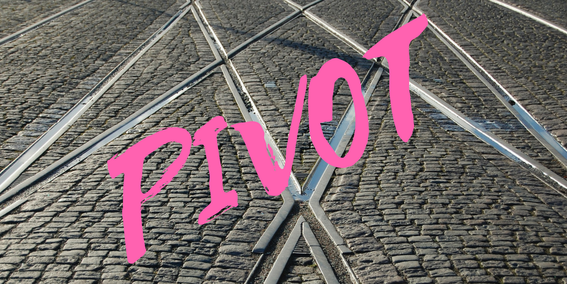

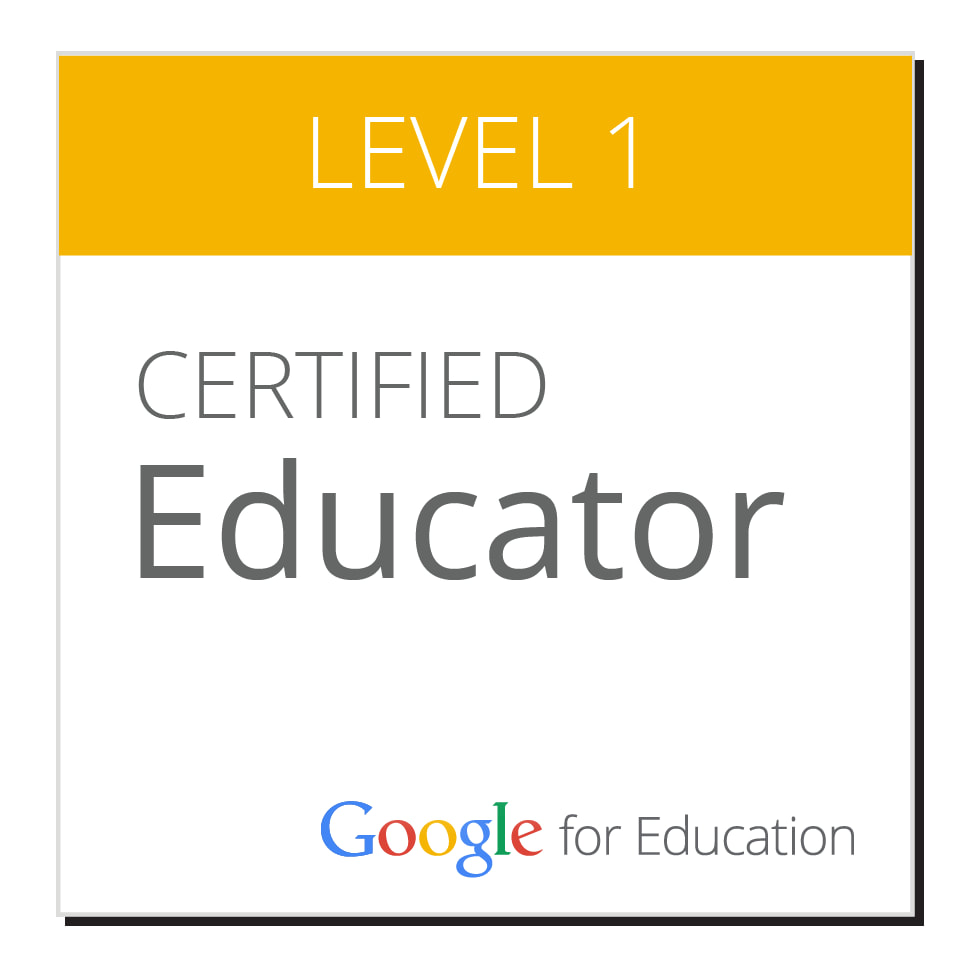
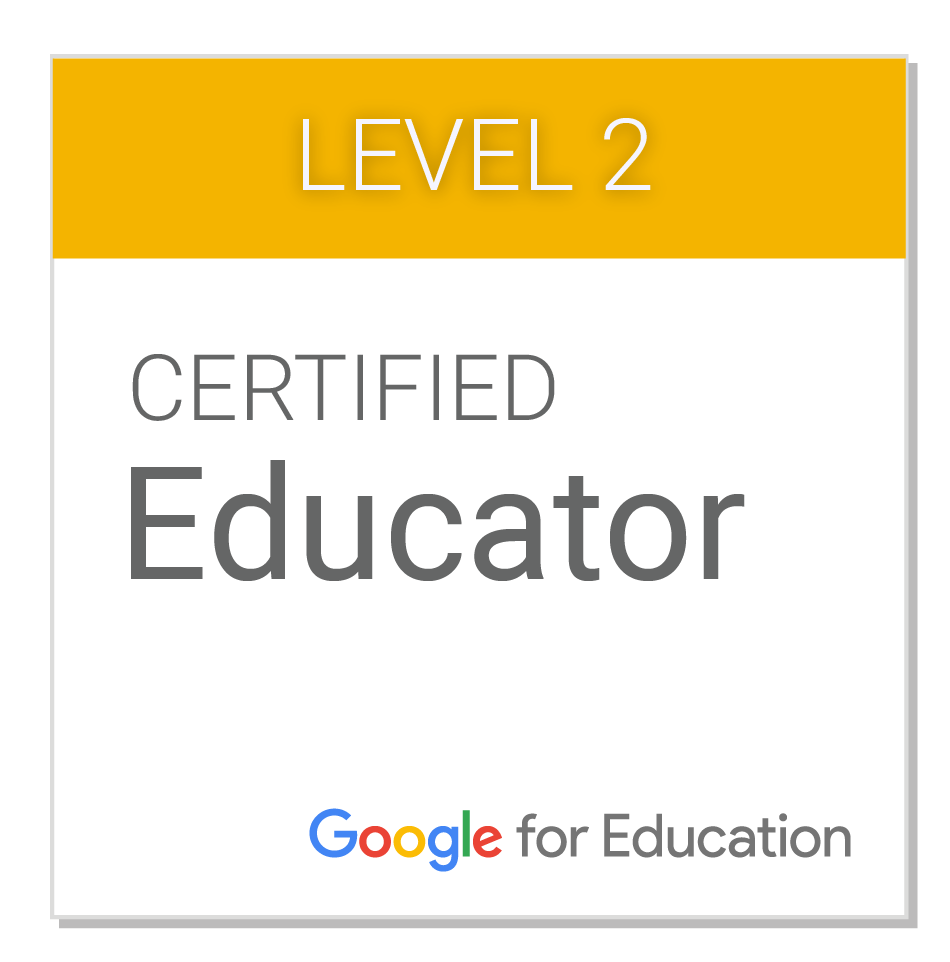
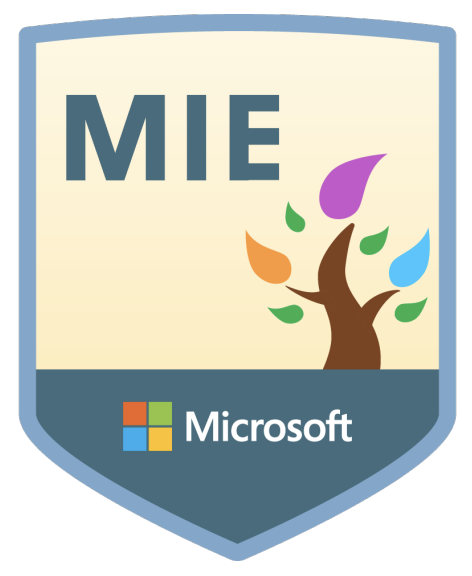
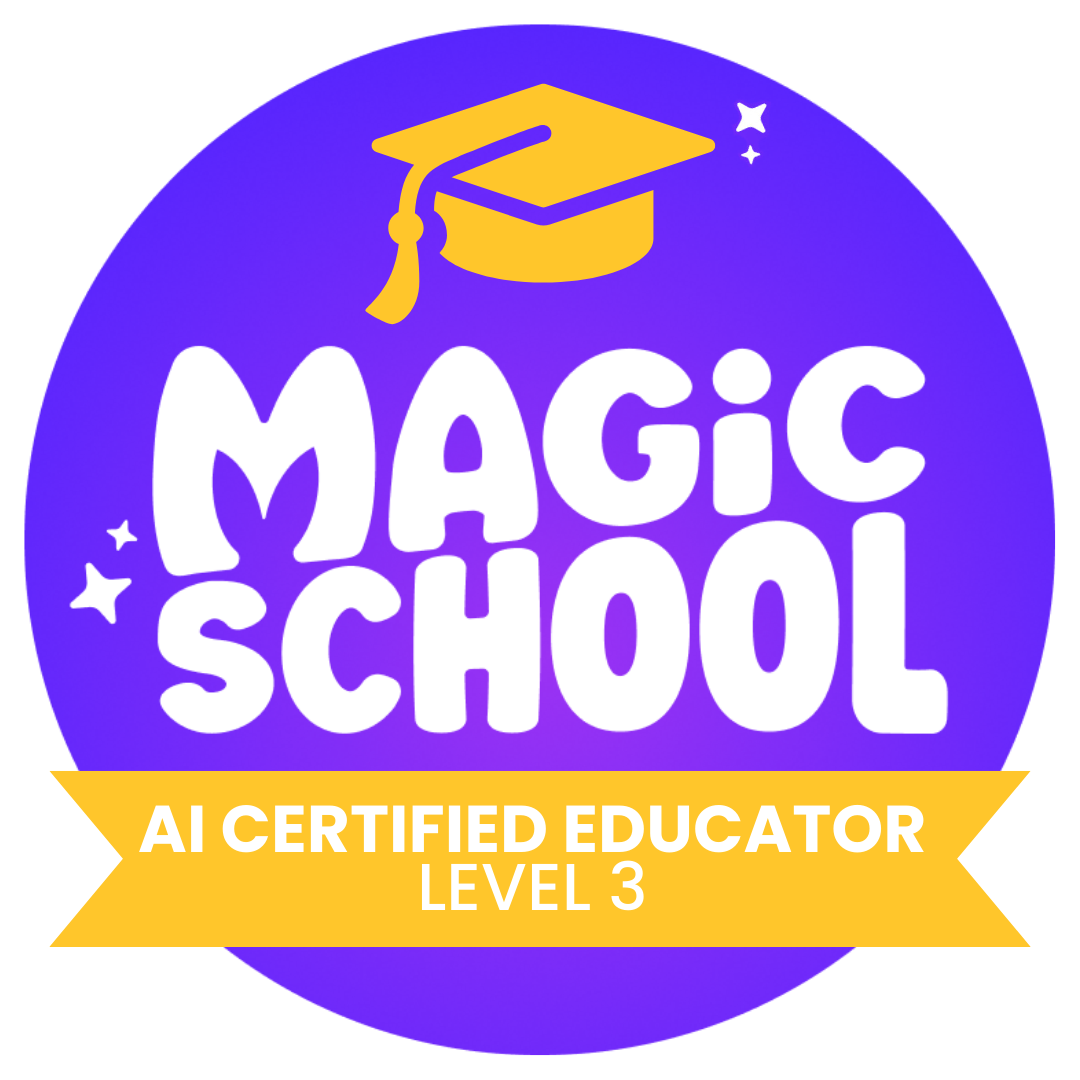

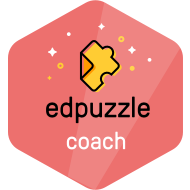
 RSS Feed
RSS Feed
